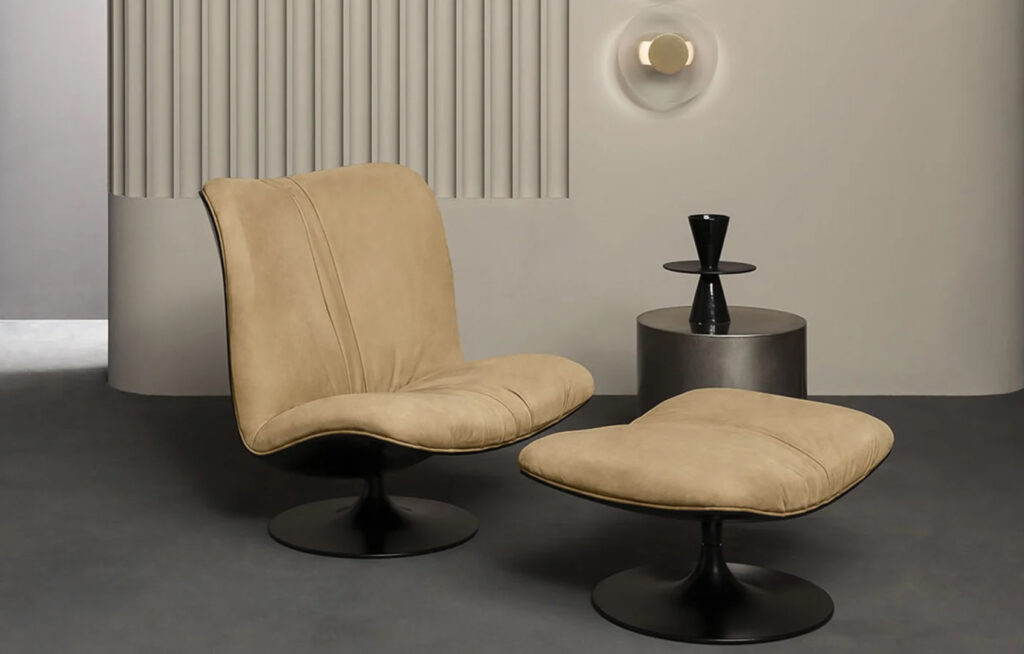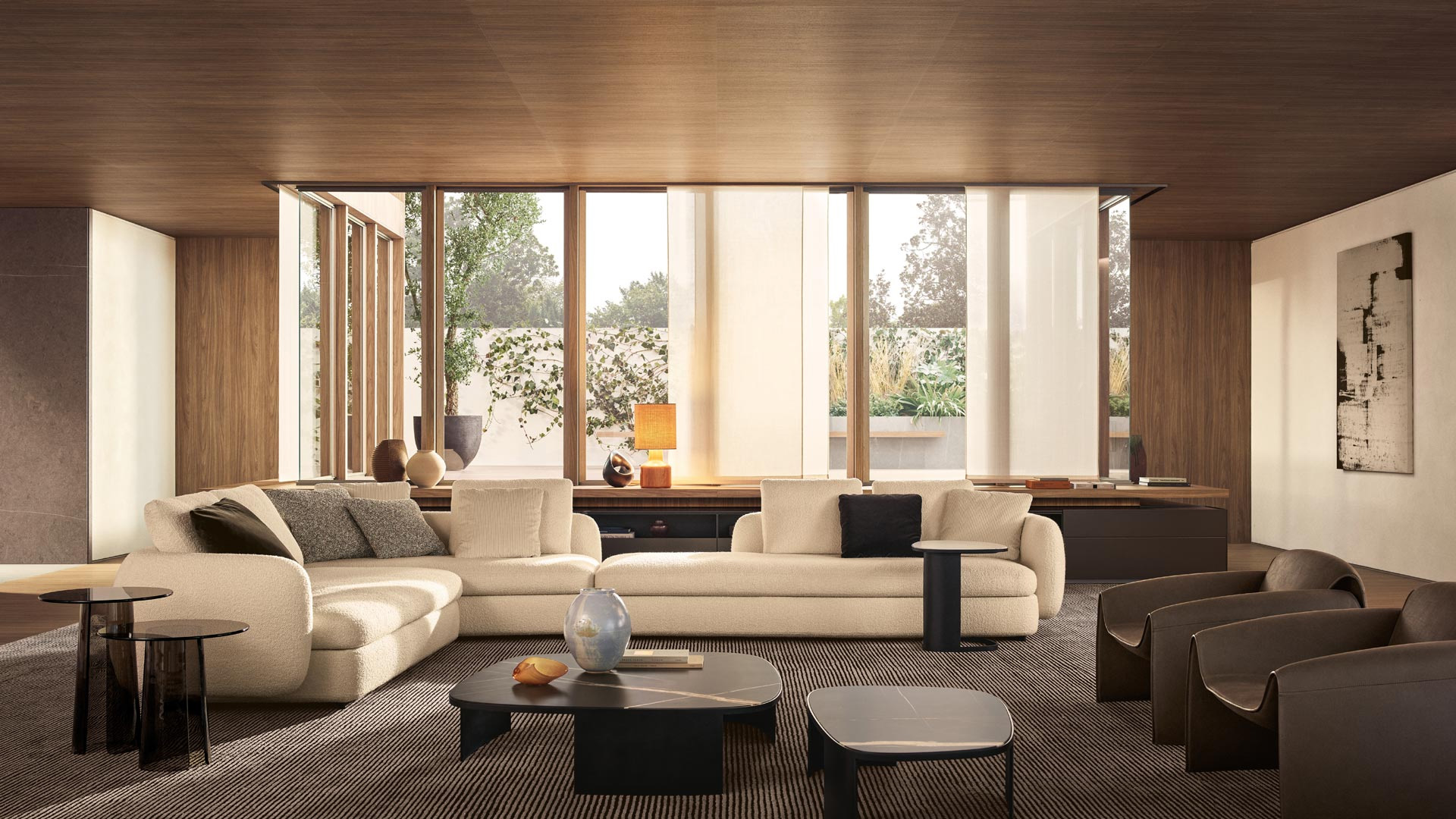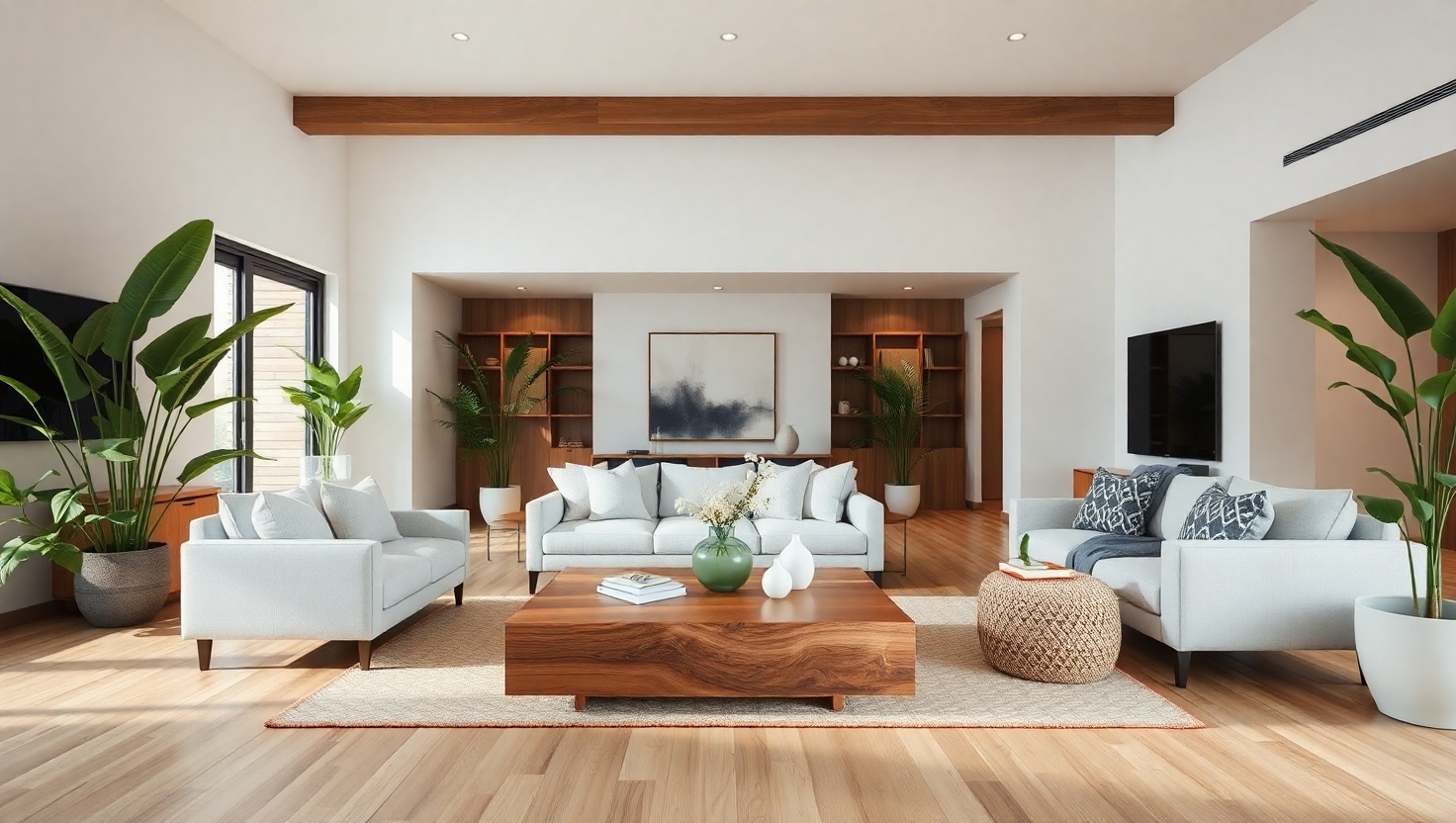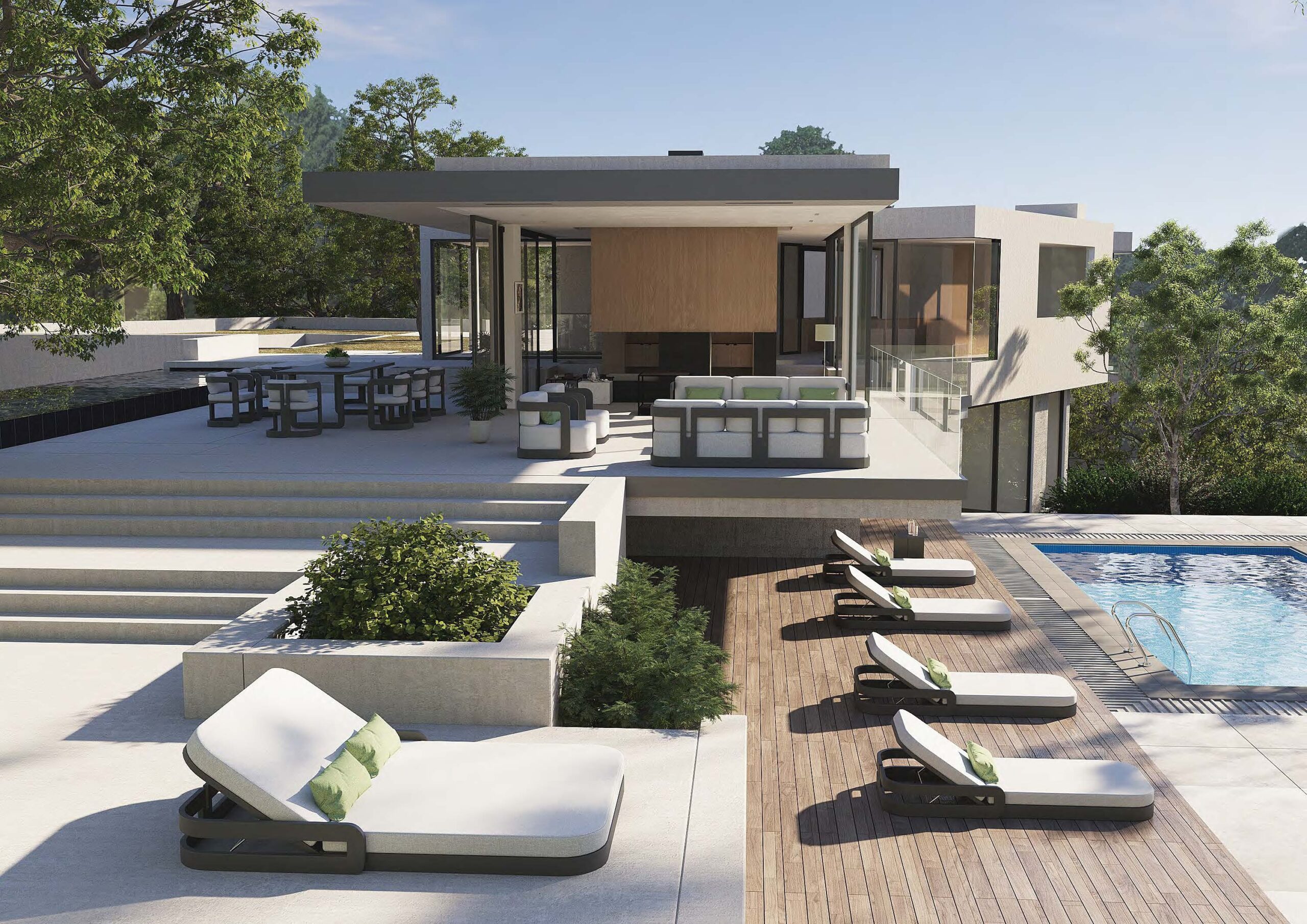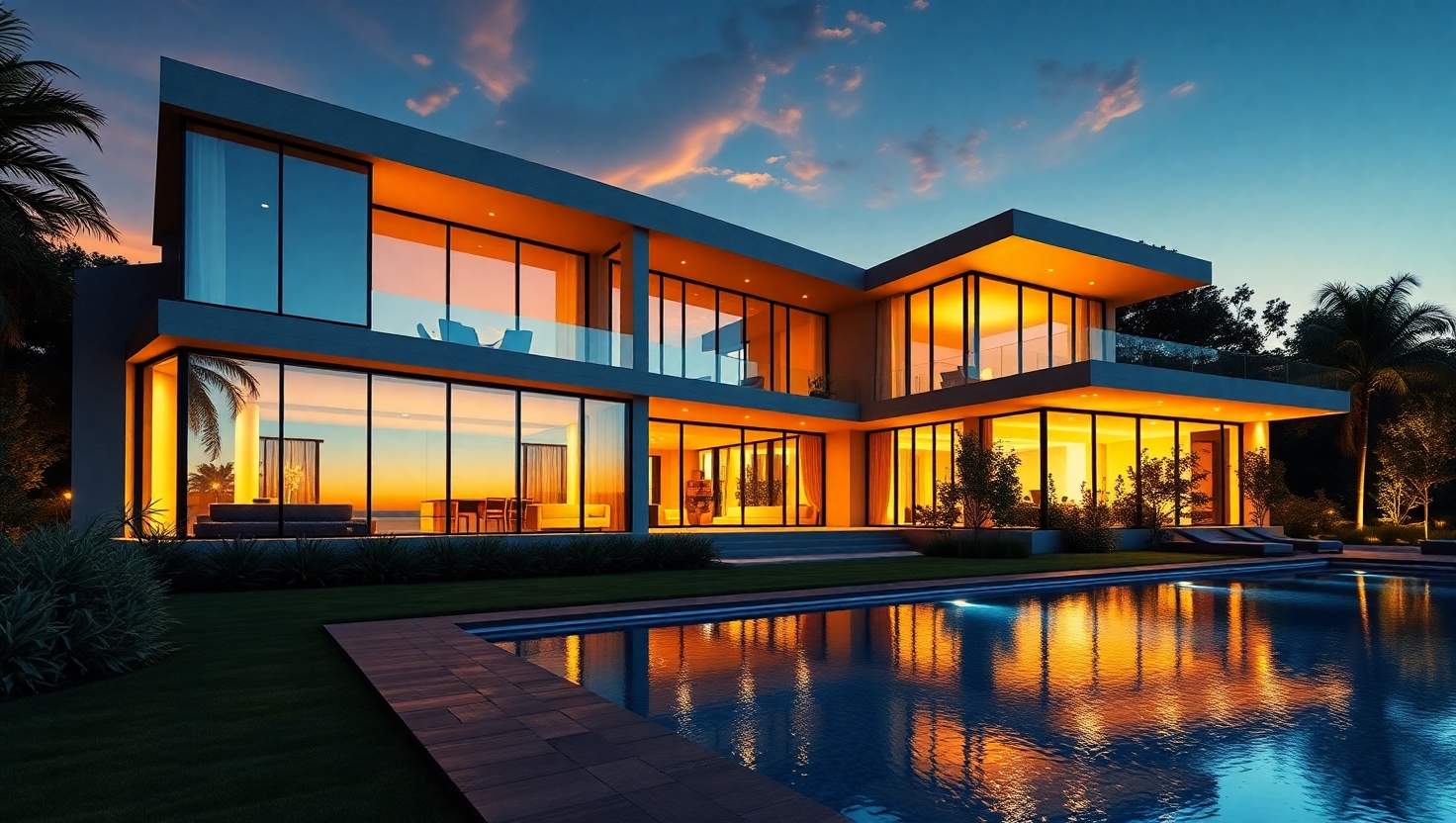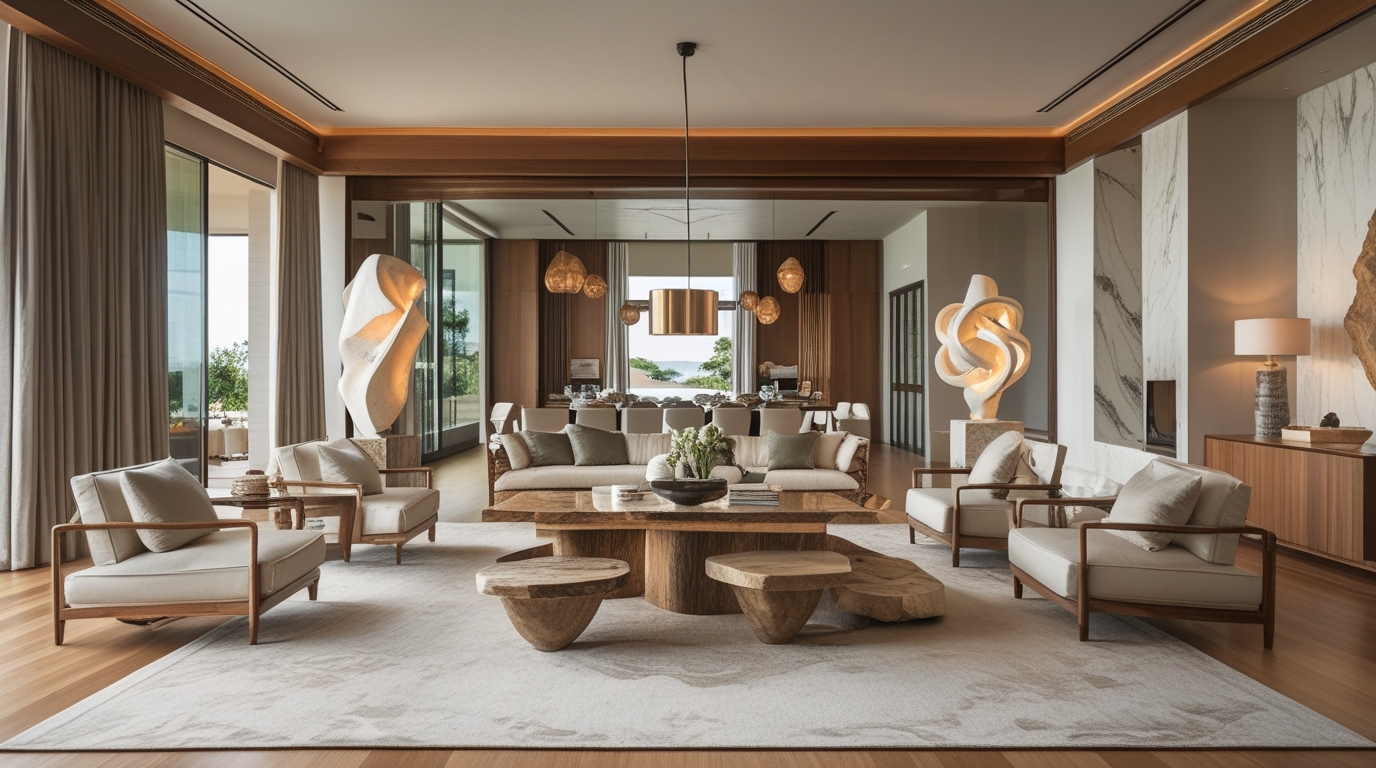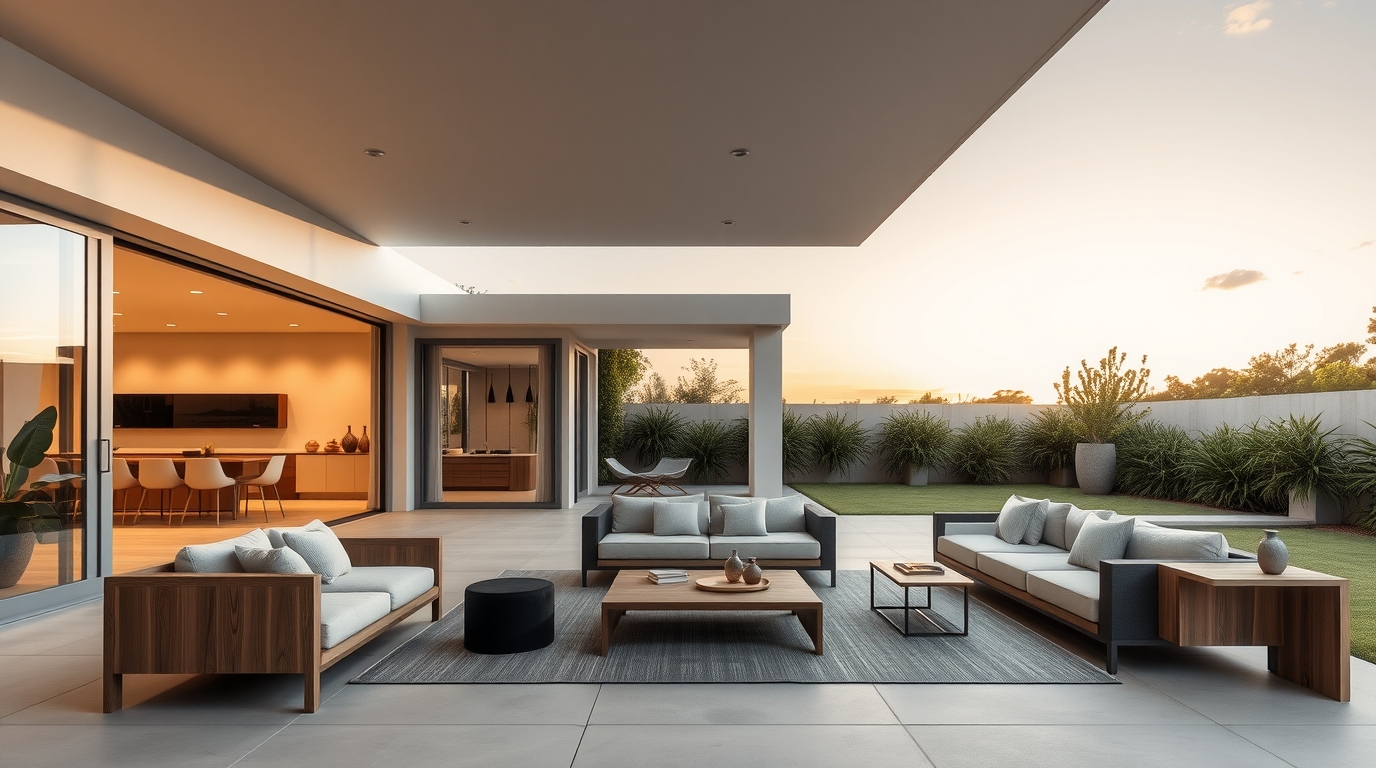1. Introduction – The Ottoman Renaissance
Once a humble footrest in the corner of a formal lounge, the ottoman has ascended to new heights of design significance. In 2025, fully upholstered luxury ottomans are commanding attention as both functional furniture and aesthetic anchors in sophisticated interiors. No longer simply an afterthought, these pieces are increasingly being positioned as the elegant soft-touch centrepiece of modern living rooms, bedrooms, and boutique hotel suites.
Driving this renaissance is a confluence of design shifts—softer forms, elevated craftsmanship, and a return to tactile living. Consumers are embracing pieces that combine beauty, comfort, and versatility, and the ottoman is uniquely positioned to deliver on all fronts.
At the high end of the market, especially among bespoke and boutique brands like The Exclusive Home, ottomans are being reimagined as design statements—upholstered in artisan fabrics, built with premium construction, and styled to complement modern luxury living.
2. Evolution of the Ottoman: From Footrest to Furniture Centrepiece
Historically, the ottoman traces its roots back to the Ottoman Empire, where cushioned platforms were used in lieu of individual seating. Over centuries, the form evolved—from low footstools in 18th-century parlours to the versatile bench-style or cube ottomans found in today’s homes.
Throughout the 20th century, ottomans took a functional backseat in furniture design. Used primarily as add-ons to armchairs or sofas, they were considered practical, not pivotal. But in the 2020s, consumer tastes shifted. A growing interest in curated interiors, wellness, and multifunctional spaces created new relevance for this underappreciated piece.
In luxury design today, the ottoman has reclaimed centre stage—not just as a footrest, but as a coffee table alternative, a conversation starter, or a statement piece of art.
3. Key Design Trends in 2025
Plush Materials & Artisanal Textures
The fabric revolution is in full swing. Fully upholstered ottomans in 2025 are embracing tactile elegance with fabrics such as:
- Textured bouclé for its cosy, cloud-like appeal
- Velvet in both matte and high-sheen finishes
- Soft Italian leathers that age gracefully
- Wool blends and mohair for elevated warmth
These materials not only feel luxurious under hand but also project an inviting softness that modern interiors demand. Organic weaves and hand-finished details add authenticity, reinforcing the connection between craftsmanship and comfort.
Bold Colours & Tonal Neutrals
While neutral tones remain timeless—think ivory, stone, and warm greys—2025 is also seeing a surge in saturated hues like forest green, terracotta, oxblood, and deep navy. These colours evoke confidence and personality, especially when paired with otherwise restrained palettes.
Tonal layering is another emerging trend. A pale oatmeal wool ottoman paired with a beige linen sofa creates a soft, tonal gradient, enhancing depth without overwhelming the space.
Sculptural Shapes & Modular Designs
Gone are the days of simple cubes. Today’s ottomans embrace sculptural form:
- Oval and pebble shapes for fluid elegance
- Pill-shaped pieces with stitched ribbing
- Tapered or flared bases with inset legs or plinths
Designers are also experimenting with modular ottomans—linked by magnets or frames—that can be used independently or combined to create larger lounging surfaces.
Functional Luxury: Storage, Trays & Multi-use
Functionality continues to play a vital role. High-end ottomans now incorporate:
- Discreet internal storage
- Removable or built-in trays for use as coffee tables
- Stain-resistant, performance-grade fabrics that don’t compromise on feel
These features cater to the needs of contemporary living—balancing elegance with practicality.
Customisation & Bespoke Upholstery
Luxury consumers in 2025 expect personalisation. Fully upholstered ottomans are increasingly offered in bespoke sizes, fabric selections, leg finishes, and even foam firmness levels. This trend is aligned with the broader move towards made-to-order and limited-edition furniture—qualities that boutique brands like The Exclusive Home excel in delivering.
4. Influences from Global Design Movements
European Couture Homes
Italian and French design houses are heavily influencing luxury furniture. Think of curved edges, plush velvet, and detailed piping—echoing haute couture principles. Ottomans are treated not as afterthoughts, but as key elements in a room’s visual narrative.
Japanese Minimalism & Soft Geometry
Japanese aesthetics—particularly the “wabi-sabi” appreciation for imperfection—are inspiring simpler forms and calming tones. Upholstered ottomans with soft curves and low profiles reflect this influence, blending seamlessly into tranquil interiors.
American Modern Classics
There is also a return to mid-century modern inspiration, seen in ottomans with clean lines, leather upholstery, and tapered wooden legs—timeless design that balances vintage appeal with contemporary relevance.
5. The Role of Ottomans in Interior Styling
Centrepiece in Living Rooms
The oversized upholstered ottoman is increasingly replacing the coffee table in luxury living rooms. Topped with a decorative tray or coffee table book, it brings softness and comfort to the space while still serving practical needs.
Bedroom Bench Substitutes
Placed at the foot of the bed, fully upholstered ottomans offer a polished alternative to traditional benches. Upholstered in matching or contrasting fabric, they introduce a luxe, layered look.
Layering for Texture and Softness
In interior design, layering is key—and ottomans offer a tactile anchor that balances metal, wood, and glass. Whether used with rugs, drapery, or upholstered lounges, the ottoman contributes richness and cohesion.
6. Why Consumers are Choosing Fully Upholstered Designs
The trend toward fully upholstered ottomans over wood- or metal-framed options reflects a broader shift toward comfort-driven luxury.
Comfort & Versatility
These ottomans provide cushioned surfaces that are inviting and supportive. They’re perfect for propping feet, seating guests, or even casual lounging with children or pets.
Emotional & Sensory Appeal
There’s a growing recognition that luxury is not just about aesthetics, but about how furniture makes you feel. Upholstered surfaces deliver softness to the eye and hand—an emotional and sensory experience that wood or steel simply can’t match.
7. What to Look for in a High-End Ottoman
Discerning buyers in 2025 are looking for more than just style. Key features of a quality luxury ottoman include:
Frame
- Solid timber frames (e.g., kiln-dried hardwood) ensure longevity
- Engineered joinery for structural integrity
Foam & Fill
- High-density foam or feather-wrapped cushions for comfort and shape retention
- Multi-layer construction for support and plushness
Fabric
- Performance fabrics that resist stains and fading
- Premium natural fibres for breathability and softness
- Detailed finishing like blind stitching, piping, or quilting
Craftsmanship
- Hand-upholstered finishes, especially in tufted or tailored styles
- Warranty-backed workmanship—a mark of confidence in quality
8. Conclusion – Timeless Comfort Meets Modern Sophistication
In 2025, fully upholstered luxury ottomans are more than an accessory—they are a vital element of interior sophistication. As homes become more curated, multifunctional, and wellness-focused, the ottoman stands out as a piece that bridges form and function, softness and structure. With design houses and luxury consumers alike favouring comfort, personalisation, and elegant utility, the future for upholstered ottomans is bright.
Whether as a soft coffee table, a designer footrest, or a centrepiece in its own right, the ottoman has arrived—resolute, refined, and ready to elevate any beautiful home.

